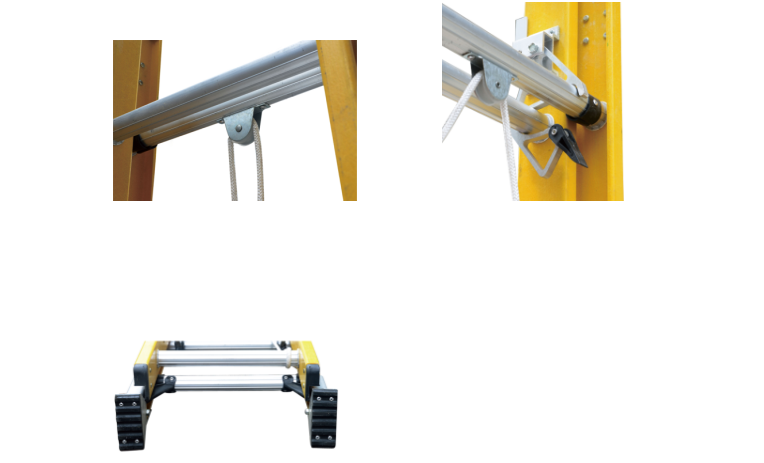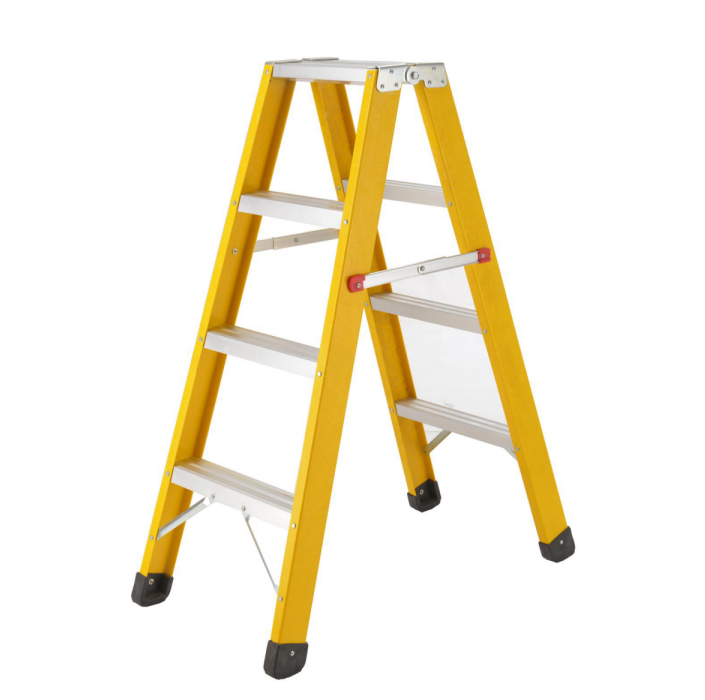1 The basic process of digital layout
1.1 Define the big version of the property.
1Define the large version of the size, resolution, number of screens;
2Define the number of pages and the arrangement of rows and columns of each large edition.
3Set the binding method, printing method, and folding method.
1.2 definition of small version of the property: small version of the area, the location of the large version, small version of the spacing, the surrounding boundary, the small version of the position (head to head, feet to feet) and so on.
1.3 Define bleeding.
1.4 Page Order: Due to the different binding methods, the order of page numbers is also different.
1.5 Marking settings: Including cutting, folding, registering, spine, test strip size, position, etc.
2 several elements to be considered in the layout
2.1 Different RIP modes
1 RIP before the big version
First, make a big version of the page and send it to RIP. This is the most common way. Feature is to complete the layout and trapping of each page, and then perform the layout of each page, and the output contains OPI (Open Prepress Interface) instructions (for high and low resolution image calls for RIP) output File, finally send the document to RIP for processing. The disadvantage is to wait for the entire layout to be completed before RIP, and if there are errors in the layout, you must return to the original software to make changes after the imposition, RIP, and RIP explain more time-consuming, so the efficiency is relatively low.
2RIP after the big version
The first RIP page, this workflow simplifies how to modify the final file. If you find that a page contains a typographical error, you only need to re-run the RIP page once you have fixed the error, and replace the original page. This is much more trouble-saving than re-implementing the entire RIP version. The file after the RIP is generally relatively large and has certain requirements for file transfer and storage. The imposition method is the future direction of development.
2.2 Different Imposition Methods
Hand-to-hand spells are mainly used for samples, books, pictures, and other printed materials that need to be folded. The process of make-ups is more complicated and requires the operator to have certain expertise in printing and post-press processing. Such as printing paper size and grammage, printing and folding methods.
Freedom fight is mainly for the purpose of saving materials (films), and its imposition method is relatively simple. It is mainly to put together different files of different sizes so that the effective use of the film is the largest. However, it is also necessary to have a certain understanding of the printing method when printing the document version on the same machine.
2.3 Different printing methods
1 double-sided printing
The vast majority of printed sheets are printed on both sides. Double-sided printing is a way. Double-sided printing requires an operating device to pull printed sheets between the printing units to the other side while allowing the remaining units to print the second side. This type of printer, which has facilities that can flip sheets, is called a perfector.
2 single-sided printing
Another way to print the second side is through the handling of printed sheets. This means that the other side is printed after the first printing. The press operator takes the printed sheet back and prints it on the other side.
There are three printing methods for single-sided printing presses: self-turning, roll-over, and forward and reverse printing. The difference lies in how the printed sheets are processed after the first sheet is printed.
* Self-turning
Self-turning method means that the front and back sides of a printed product are on the same plate. The long side of the paper is the side of the opening. The first side is printed and then turned over. The side gripper remains stationary. This means that when on the second side, the paper is the same as the first side. After finishing printing, cut in the middle of the paper to obtain two complete identical prints.
* Roll over
Rollover is similar to self-rotation, except that after the first side of the printed sheet is printed, the paper is not flipped, but rolled. This means that the mouth of the paper is not on the same side of the paper. Rollovers are rarely used, mainly for prints that cannot be copied.
* Pros and cons printing
Pros and cons printing means printing the second side of a page with different plates. For pros and cons, you need two separate editions - one for each side.
2.4 Different folding methods
Different folding styles mean that the pages on the layout are different, so when it comes to imposition, you need to consider what exactly is the way of printing after printing.
2.5 Other factors
1 Bleeding.
2 binding method. The application supports binding, saddle stitching and other common binding methods.
User-defined page margins and settings. When the correct reading of a book or document is restricted, the space between the two pages must be defined.
Accumulating these blanks helps to accommodate plate layouts such as creep, bottlenecks, and placing sporadic leaflets on the markup.
3 climb. Creep changes based on paper thickness. It is possible that each job has different crawling characteristics. The operator can type in paper for the application to adjust automatically.
4 bottle status. Bottle status means that the paper is not square after folding. The bottle state changes with the folding mode and the binding mode. Make sure the application allows different changes to be entered to achieve the minimum bottle state.
5Cut, fold, register, spine mark, test strip size, and placement.
Source: "Printing World" Author: Ji Yong Qin
Designed for safety, the Fiberglass Ladder is built with non-conductive rails that make it ideal for working near electricity. Which item includes Section Fiberglass Ladder and double side steps fiberglass ladder, which with a duty rating of 300 lbs., the ladder offers long-lasting durability and security, featuring the exclusive rung joint for twist-proof performance. Fiberglass ladder construction offers safety around electricity.Offering versatility for a variety of jobs, the base and fly sections separate easily so you can use the base section as a single ladder. The durable rail shield bracket and shoe help protect the bottom of the rail, and the fly section rails are pre-pierced at the top for easy field installation of accessories.interlocking side rails and dual action feet that swivel easily for use on hard or penetrable surfaces.
Creating a sturdy work space for a variety of jobs. Pretty be loved in the European and America market as it`s foldable and Sturdy ,Step access from both sides,Safety lever,Non-Slip Surface, Non-Slip Leg Boot .Conforming to the European safety standard .
More details as follows :





Q: Are you factory or trading company ?
A: We are factory , exported foreign over decade with rich experiences .
Q: We can change the color of the rubber cover ?
A: yes , the regular s black , you also choose other color .
Q:What`s the MOQ ?
A: 50 PCS.
Q: Can I have a sample ?
A: It`s ok .
Q:What`s your price ?
A: It`s depends on your demands, quantity , we can offer you lowest price .
Q:What`s your delivery time ?
A: Sample order : 3days , bulk order : 23-25days .
Q: Can we use our logo or brand on the package ?
A: yes , OEM is ok .
Q: What`s the payment :
A: (1) T/T: 30% deposit be paid in advance , the 70% of total payment see the copy of B/L.
(2) L/C it`s ok .
(3) Cash also ok .
More inquires or questions , plz feel free to contact us !
Welcome to visit our factory !
Fiberglass Ladder
Fiberglass Ladder,Section Fiberglass Ladder,2 Section Fiberglass Ladder,Extension Fiberglass Ladder
Yongkang Aoyi Industry&Trade Co., Ltd. , http://www.aoyiladder.com